“You get your tomatoes in yet?”
My neighbor smiled with his usual good-natured grin, but there was no denying the competitive edge to his voice. This was no mere neighborly exchange. It was the opening to a summer-long challenge where plants were pawns and bragging rights, the prize. As a newcomer to the Ozarks, I was the underdog in this fight. I would have to give it my all.
I threw down the verbal gauntlet. “There’s supposed to be frost this week, I thought.”
He parried effortlessly. “Aww, those weather folks don’t know nothin’ … s’posed to be 40s at night and no lower.” He rubbed the back of his neck, calculating my weaknesses. “Mine are a good 3 inches tall.”
That was a serious blow. My plants were still seeds because I preferred to direct-sow once conditions were stable. Later-planted tomatoes can grow more vigorously than their struggling older siblings, but there was no denying my neighbor’s boldness in getting such a risky head start.
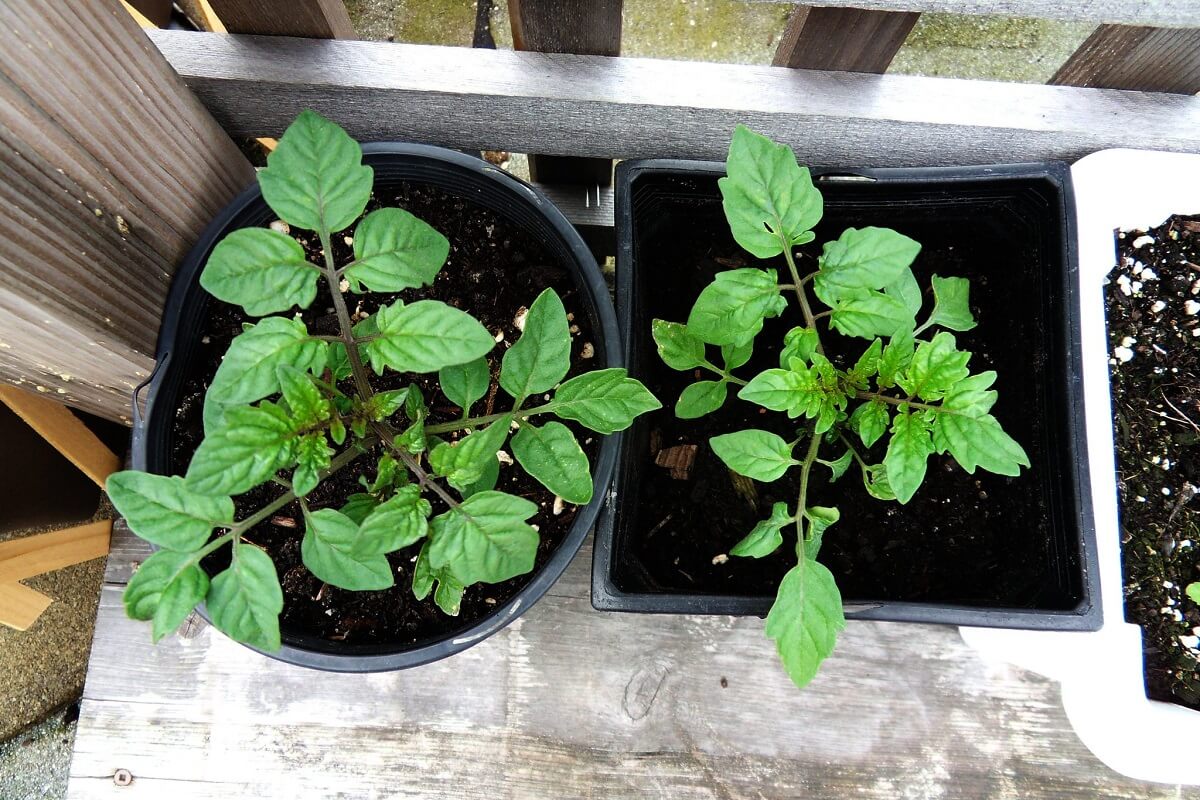
I raised my eyebrows, knowing I would have to retreat … for now. “You’re certainly ahead of me,” I admitted. “Can’t wait to see what you get out of that garden of yours this year.”
We parted on friendly terms, as usual, and I didn’t head back up my hill defeated — not by a long shot. I had many secret weapons to bolster my plants’ future growth, and once they hit the ground, there would be no stopping me.
My chickens’ manure from last year was carefully composted and waiting. The leaves I had collected and piled two years ago were now a crumbly leaf mold. The ashes from a winter of wood stove fires were already sprinkled on my plot.
I drew a deep breath of spring air. Just you wait, neighbor mine. With these organic fertilizers in my arsenal, I have not yet begun to fight.
Start With Quality Soil
For the best tomatoes, you will want the best possible soil. It is my belief that healthy soil is something everyone has the ability and resources to create organically … and cheaply.
After all, up until the last century, everyone was an organic farmer whether they knew the term or not. You don’t need expensive materials from the store to have a well-fed garden. Only a little knowledge about compost and a little elbow grease.

All the following soil amendments will naturally add to the rich complexity of real soil. Rather than giving brief chemically-derived boosts that synthetic fertilizers offer, they’ll instead act as long-term food for both the growing tomatoes, and the rich diversity of soil microorganisms that make all this possible.
Of course, you don’t need to add all of these to your tomato plot at the same time –that would certainly be overboard! Instead, look at what sources of nutrition you can find on your land or in your community, and direct them to the garden.
Related Post: Best Tomato Cage
Eventually, you’ll know what resources you have at hand and can blend your own soil boost. And you don’t really need to fret about the N-P-K ratios of composted materials. Honestly, as long as there is a mix of different materials in there and they’ve had time to break down, it is balanced enough to use without worry. Tomatoes are hungry, but not too picky.
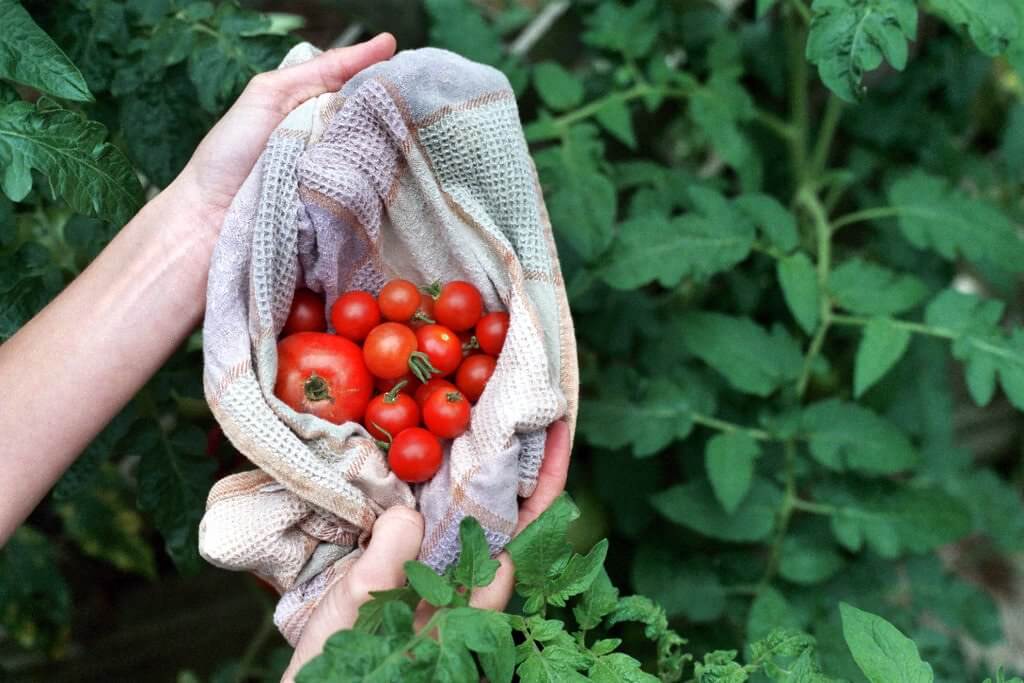
If you’re about to get tomatoes in the ground at your place — even if you don’t have an amicable rivalry spurring you on — you probably want to give them the best possible environment. Thankfully, the task of supporting your plants with good fertilizer is not hard or expensive.
Believe it or not, some of the best fertilizer for tomatoes doesn’t come from a store and may be within arm’s reach. Here are our homestead’s tips and recommendations for providing nutrients to your ‘maters through the growing season.
1. Manure
Most people may think the purpose of livestock on a homestead is to provide meat, milk, or eggs. And while all this is true, it is my humble opinion that the most valuable thing those animals provide is manure. Mucking out the barn and cleaning up the coop is a harvest of future soil fertility.
As Jere Gettle of Baker Creek Seeds writes: “[Manure] is a rich source of the macronutrients (nitrogen, phosphorus, and potassium). This mixture will linger for up to eight months in the topsoil, acting like a sponge to hold on to water until hungry plant roots need the nutrients later on.”
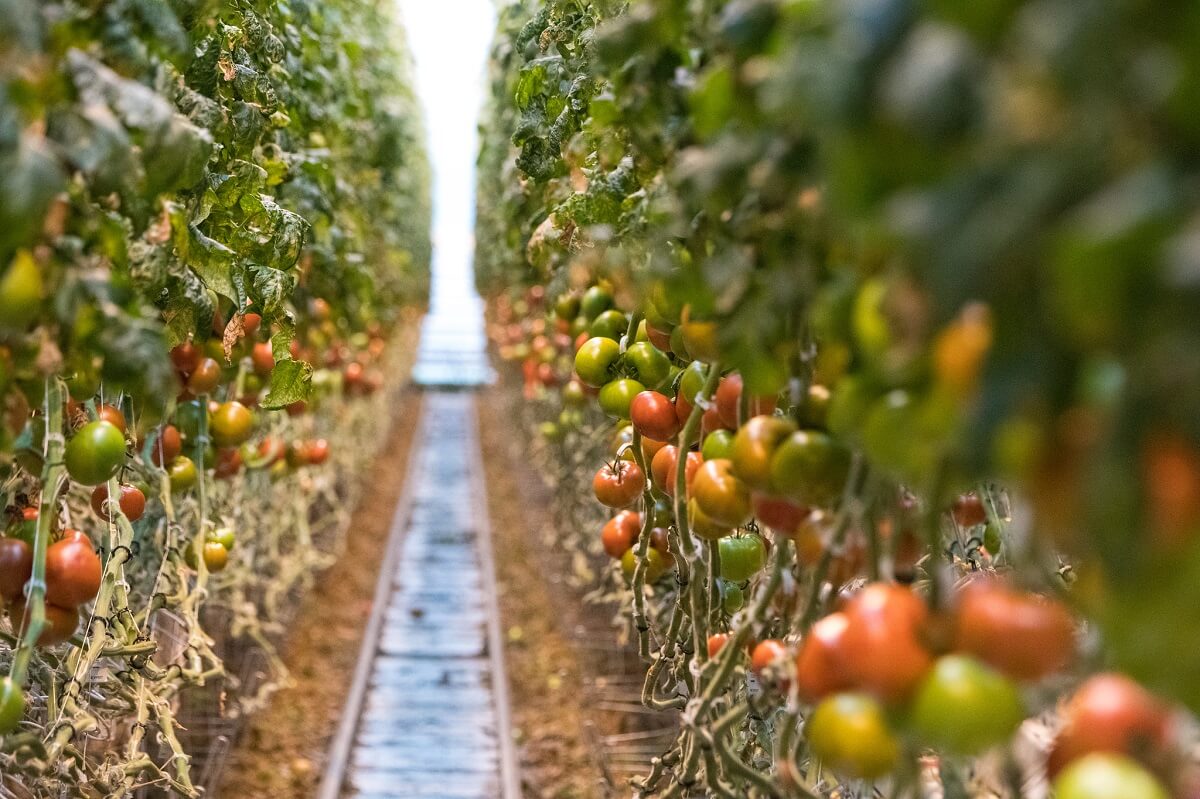
If you have animals and yet somehow are not applying their manure to the garden, you are seriously missing out. And even if you don’t have animals, you can easily find people who do — and have more doo than they know what to do with. When we lived in the city, for example, a quick Craigslist search led us to a horse farm with a literal mountain of manure that was free for the taking.
Here are two ways to turn poo into the best fertilizer for tomatoes.
Fresh Manure
If you are the planning sort, you can apply the fresh manure of any animal and till it into the tomato bed. Here’s the key: You need to apply it at least 6 to 8 weeks BEFORE the plants go into the ground. That time will allow the fresh manure to compost directly into the soil and age enough to not burn your plants. Chicken manure is a fantastic candidate to be used this way.
Composted Manure
Unlike its fresh counterpart, aged manure can be planted immediately after being tilled into the soil. On our homestead, we keep compost rings made of old, woven wire fence halfway between the birdhouses and the gardens.
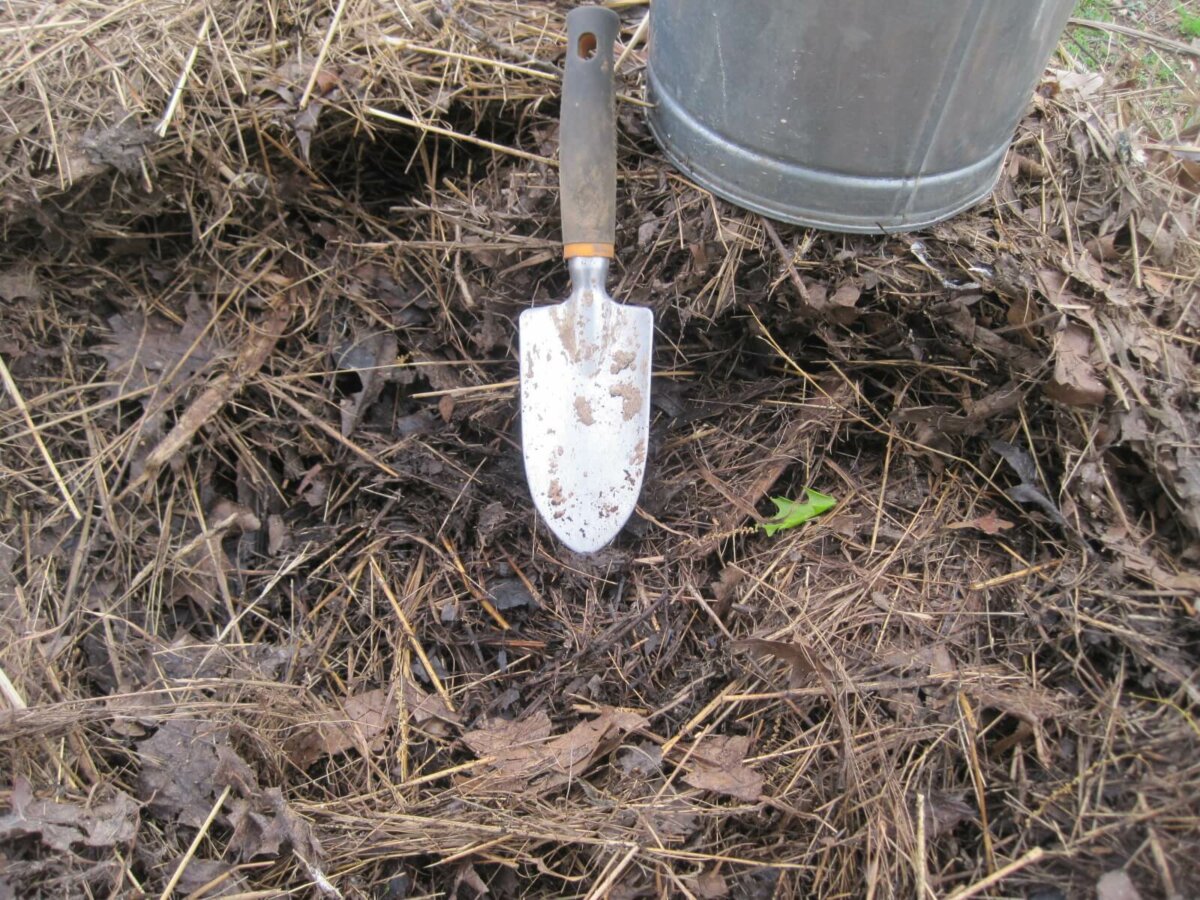
Every time I clean out the duck house and the chicken coop, the soiled bedding gets put in the compost rings until it’s time for action in the spring or fall. Having the compost in an accessible space for both deposits and withdrawals will make it the most useful.
2. Wood Ashes
Some of the great-grandparents out there may remember sprinkling ashes on the garden plot to sweeten the soil. Ashes from a wood stove are a wonderful soil amendment for a tomato bed.
Related Post: Biochar
Make sure the ashes you sprinkle are from untreated hardwood or softwood fires. Ashes from an indiscriminate garbage fire are sure to be loaded with chemicals that you don’t want anywhere near your tomatoes (or stomach).
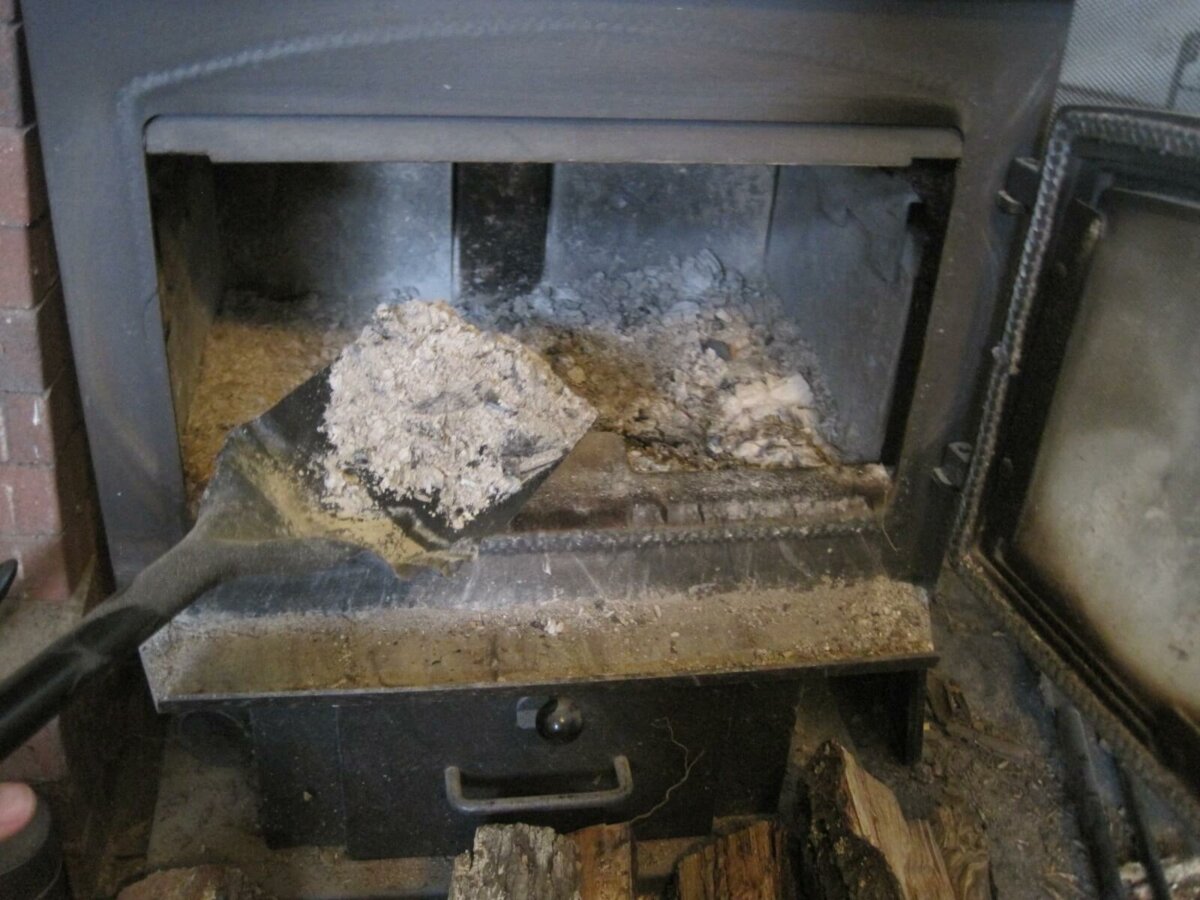
Ashes add potassium and lime to the soil, but a little goes a long way. Either sprinkle a light layer of ashes on top of the soil and work it in, or add some to the compost pile.
3. Vegetable Compost
If you don’t have livestock to give you manure, you can still create wonderfully complex compost to feed your tomatoes. A well-tended backyard compost pile will turn cardboard, grass clippings, and vegetable kitchen scraps into rich tomato food.
Related Post: Soil Testing
“The Good Life” by Scott and Helen Nearing is an interesting homesteading story, but it also contains great information on how to tend and turn a compost pile and get ready for a bumper harvest.
4. Leaf Mould
You have a source of garden fertility available every fall (if you have the foresight to collect it, that is). Fallen leaves from deciduous trees can be turned into some of the best fertilizer for tomatoes.
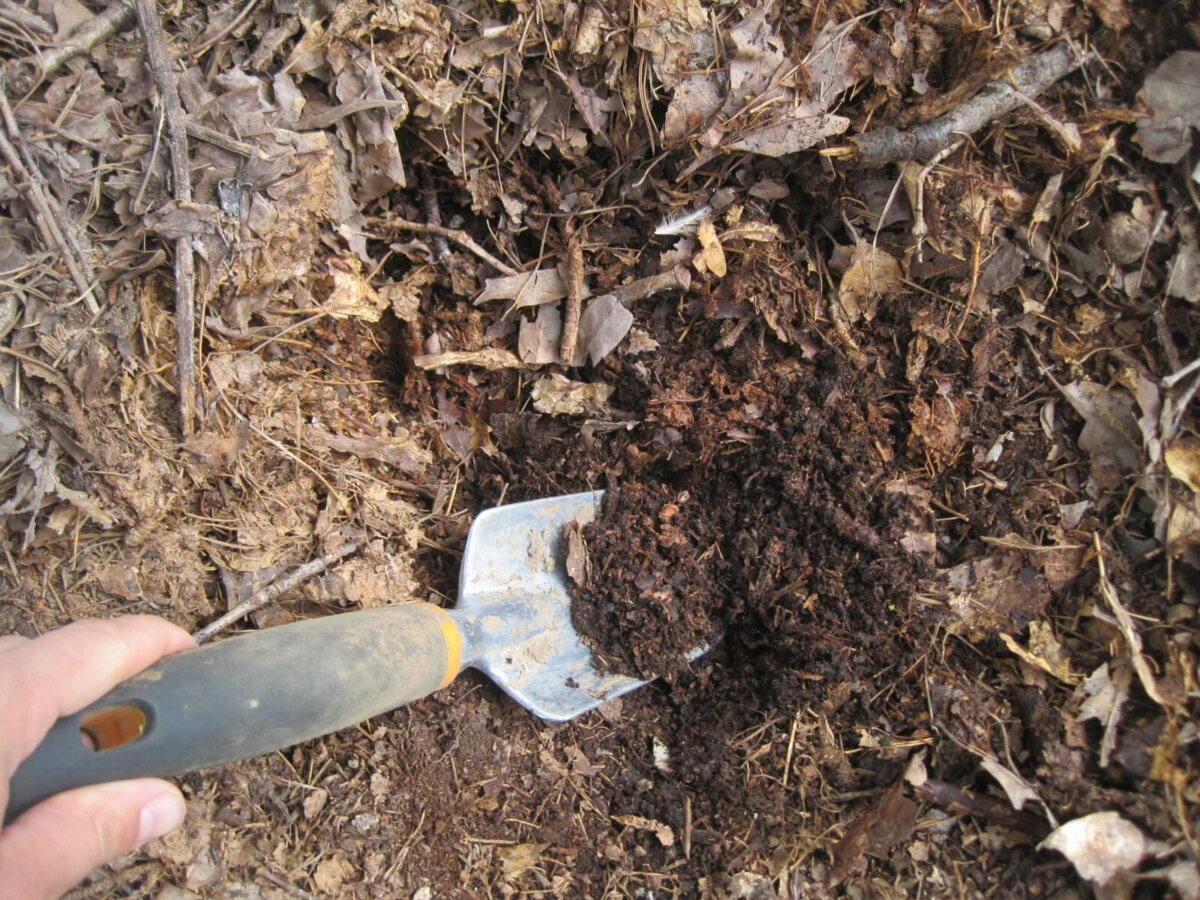
Much like a compost pile, they simply need to be piled up, made wet, and allowed to break down. Finished leaf mold may take two years to reach dark, crumbly perfection but when it does, your tomatoes will thank you.
5. Coffee Grounds
If you have a coffee drinker in your house, you can feed your tomatoes from their used coffee grounds. And even if you’re not a big-time coffee drinker, you can still use this plentiful material. Ask around at your local coffee shops or cafes. You may be able to work out a deal and take home more used coffee grounds than you can shake a stick at.
You may be worried that coffee grounds will make the soil too acidic but you needn’t. Some coffee grounds may initially raise the acidity of the soil, but as they break down, the long-term effect on the soil pH should be negligible. All the same, coffee grounds are best either composted or added as a mulch to established plants. I wouldn’t recommend trying to germinate seeds in fresh grounds.
6. Epsom Salt
Salt in my garden? Anyone who has had a mailbox garden destroyed by winter road salt may balk at the thought of purposely sprinkling salt over beloved tomatoes. But this naturally-occurring mineral compound isn’t salt at all.
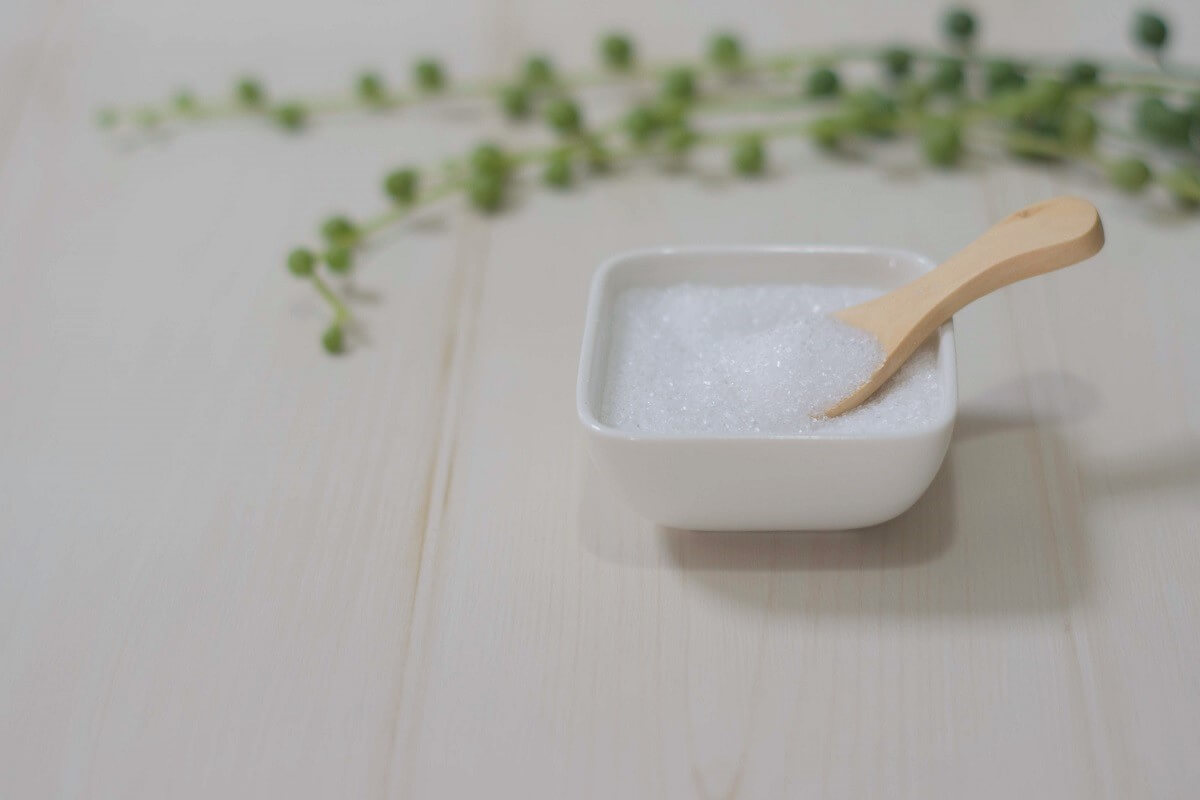
Epsom salt is partially comprised of sulfur and magnesium and often added to gardens when there is a suspicion of the soil being depleted from heavy planting. If you notice that your tomatoes are spindly or have yellow, curling leaves, an emergency addition of Epsom salt may get you through the season.
Related Post: 23 Genius Epsom Salt Uses For Your Home, Garden, And Wellness
Please know, however, Epsom salt alone won’t fix the problem. Working some good compost or manure into the soil and utilizing crop-rotation will offer longer term solutions.
7. Bone Meal
Like Epsom salt, bone meal can be used as a short-term soil amendment if you notice that your plants just don’t look right. Bone meal can add valuable phosphorous back into the soil. You can suspect your plants need it if their leaves are reddish or purplish, or if the flowers seem to take forever to emerge.
Again, bone meal doesn’t fix the problem forever. Adding bone meal will buy you time until you can really put some good nutrition back into the soil before the next growing season.
I personally don’t use bone meal in my garden. I’m not a fan of the large-scale meat processing industry that produces it. The best alternative, in my opinionated opinion, is to have well-enriched soil in the first place.
Animal manures can be a good source of phosphorous, and so my chickens and I always work together to give nutrients to the tomato plot before planting. And if you can’t benefit from your own livestock, vegetable compost also does a great job. The bottom line is, if you want good tomatoes, take care of your soil first.
Understanding Tomato Needs
Tomatoes are not a complicated plant, but they do have some particularities that can make a big difference between a basket of plenty and a frustratingly empty plot.
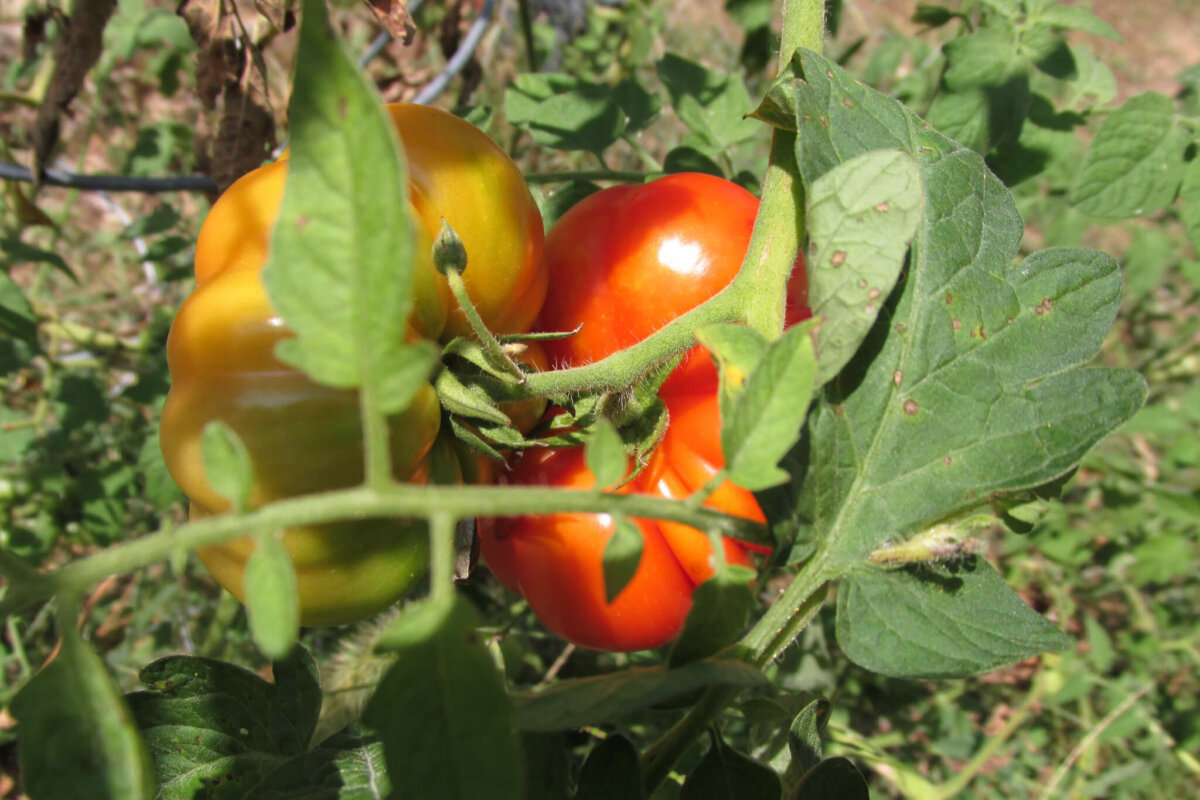
As you decide how to fertilize your tomato plot, take some time to learn what tomatoes actually need and when they need it. It can make the difference between a satisfying yield or a summer of disappointment!
Wait For Warm Weather
First off, as impatient as you may feel, make sure that the weather is warm enough to grow tomatoes. One of the biggest pitfalls of growing tomatoes is putting them in too early. These plants may grow weakly — and it’s not a lack of fertilizer to blame for their lame progress. No matter how perfect the soil, if it’s too cold, your tomatoes will suffer.
Keep Them Well Fed
Next, it’s important to know that tomatoes are classified as “heavy feeders.” Plants in this category require a large amount of nutrients in the soil to flourish — particularly in the early days. Be generous with the amendments when you prep the garden in the spring.
Plant Them In A New Spot Every Year
Also, if possible, plant tomatoes in a spot where nightshade family members have not been the previous growing season. I try to plant mine where legumes have been. Bean family members are soil builders, and set a nice table for my hungry tomatoes.
Keep An Eye On N-P-K Ratios
Additionally, pay close attention to the N-P-K ratios of the fertilizer you spread (if you decide to use a chemical fertilizer). Thankfully, there are ways to read your plants to understand what they need. Too much nitrogen will yield disappointing yields. You’ll have deceptively lush, leafy plants with few tomatoes.
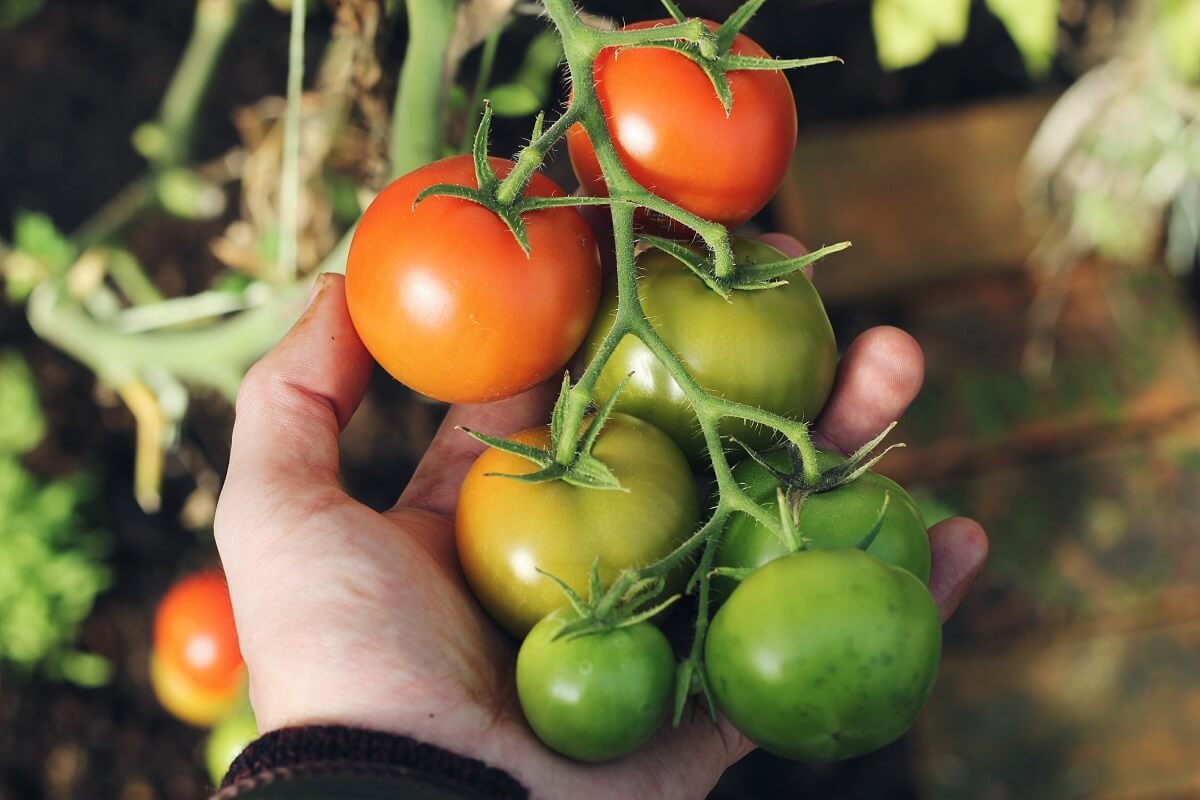
On the flip side, too little nitrogen will give you plants with small, pale, and yellowish leaves. Too little phosphorous, and you’ll have reddish or purplish leaves and flowers that are slow to appear. Too little potassium and tomatoes will grow sluggishly.
Related Post: Growing Tomatoes
Apply some compost tea to ailing tomatoes, however, and you can help correct all the problems. My advice? Use your own homemade compost in lieu of store-bought fertilizers and avoid all these problems in the first place.
Know When (And When Not) To Fertilize
Finally, know when to fertilize, and when to just relax and enjoy the sight of your garden. Tomatoes benefit first from rich soil, and second from an extra feeding when planted, but they are generally very easy and straightforward to grow.
As a quote from Burpee’s “The Complete Vegetable and Herb Gardener” advises: “If your garden soil is healthy and rich with organic matter, no additional fertilizer will be necessary [after plants have been placed in the garden].”
So though tomatoes need rich soil to thrive, providing that bounty of nutrients need not be an intimidating or expensive endeavor. My list is surely incomplete, though. All you tomato growers out there — what’s your favorite way to get the tomatoes you want? Do you have any tips and tricks? What do you think is the best fertilizer for tomatoes?
And finally, I ask while leaning on the fence we share … have you gotten your tomatoes in yet?










































Leave a Reply